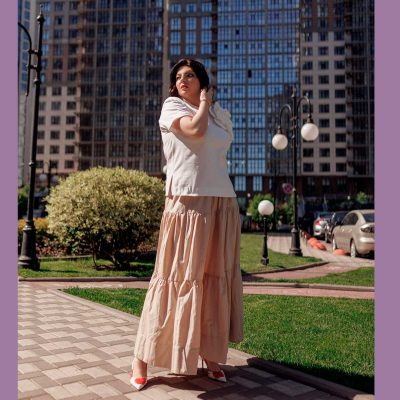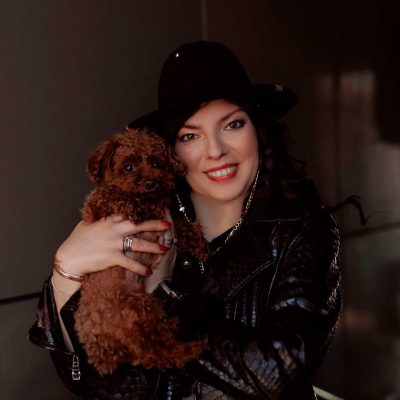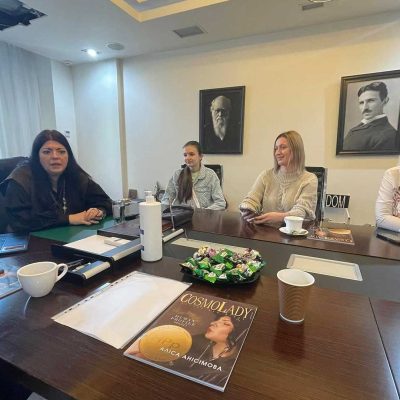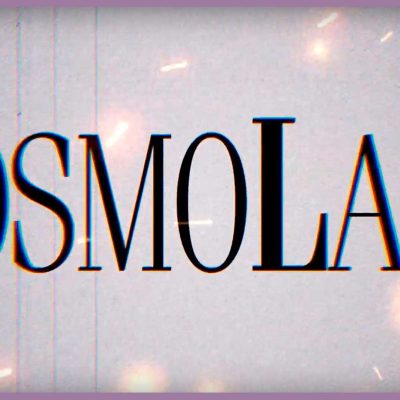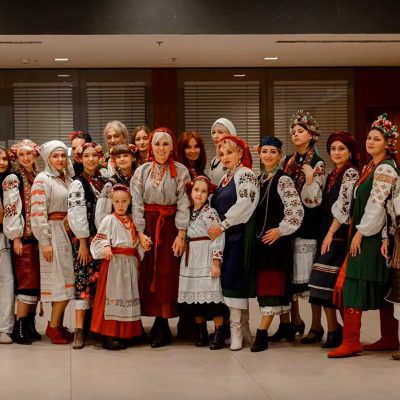How people laugh

What muscles are involved in some known types of laughter:
1. Homeric – uncontrollable, loud laughter
This laughter, or more correctly laughter, is most often compared to mythical images as an indicator of total happiness. If it is sincere (which is of great importance in the diagnosis of muscular reactions, because in case of insincerity the muscles do not work at full force), then in this laughter all the muscles of the face are involved.
2. Sardonic – angry, destructive.;
This laughter mainly involves two so-called muscle groups – the eye area (eye sphincters – or circular eye muscles, temporalis muscle) and the muscles of the lower jaw (oral circular muscle, cheek muscle, large zygomatic muscle, including the contempt muscle). Often, people laugh belligerently with their head lowered, thus bringing their brow arches forward.
3. Sarcastic – sarcastic
In sarcastic laughter – it usually has a negative coloration and is reproduced by facial expressions in terms of micro-mimic forms and incomplete muscle contractions. The muscles involved are the masseter muscle, lateral and medial wing muscles.
4. Ironic
Very similar in mimicry to sarcastic (the same muscles are involved), but the muscle tension is many times less, as in sarcastic forms there are stronger tensions and complex emotional forms adjacent to irony.
5. Rabelaisian is life-affirming.
Muscles are not used to their full potential because it is a habit. People often train to appear cheerful (as Western cultures are always smiling) or more cheerful than they actually are. When we see a “mimic habit” – it is most often seen as a mask. It is mostly the masseter muscle and the laughing muscle (which forms the dimple in the cheeks). Paradoxically, the eyes often do not give away the joy when laughing like this.


